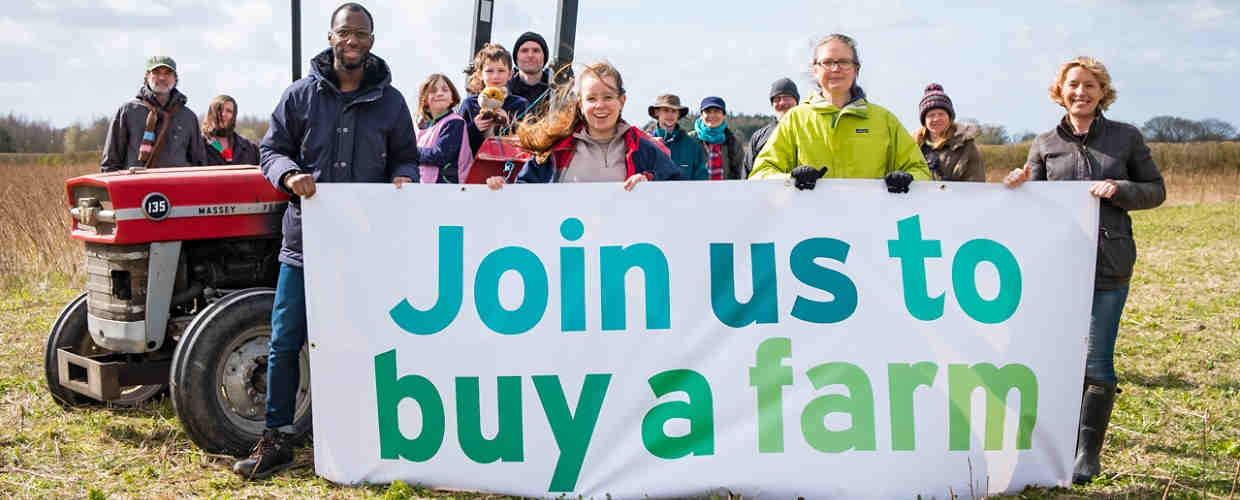Customers often ask about how large of an audience should they invite to a particular innovation challenge or topic. While there’s no right answer, there is an important consideration to think through when selecting an audience—how size impacts the potential for serendipity as well as the potential for noise for your participants:
Trade-off
As an example, picture your Kindling Campaign where you’re trying to solve a problem that’s been plaguing your business. As you increase the audience size, you increase the likelihood that people’s different perspectives will combine to help inform a potential solution (see this described by Rick Michelman in our Michelman customer video). This is represented by the serendipity axis, where a larger audience increases the opportunities for interactions and creative outcomes.









